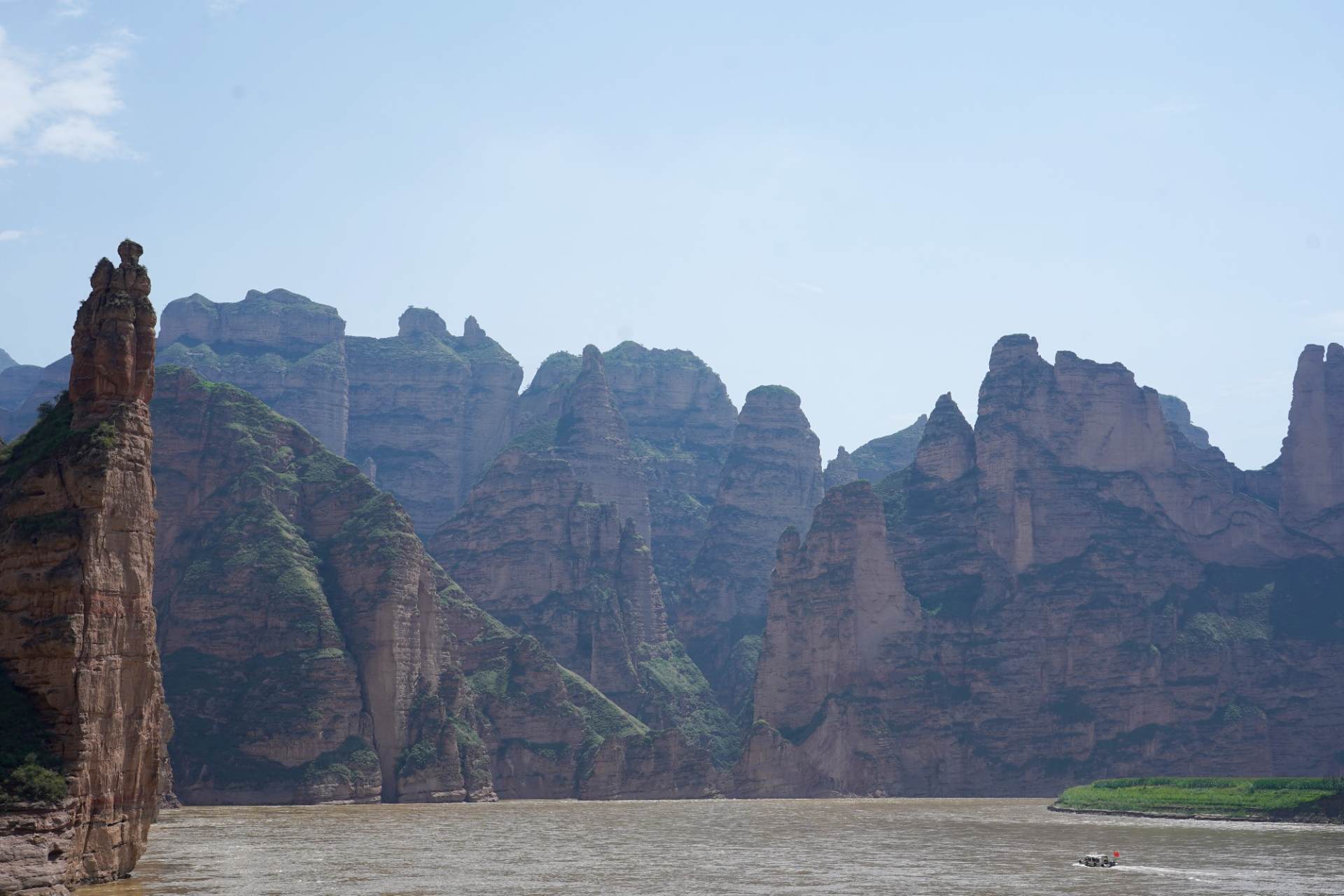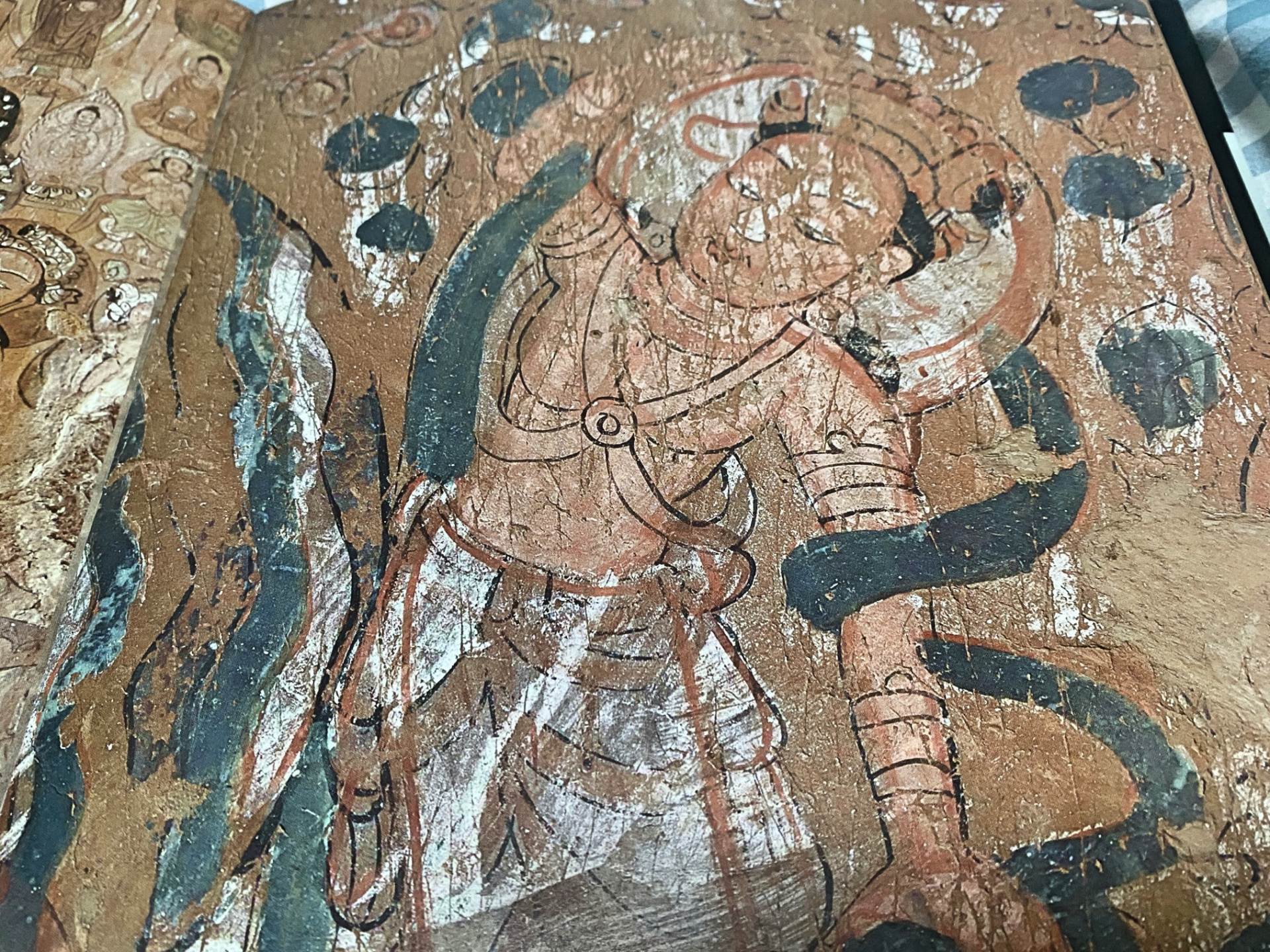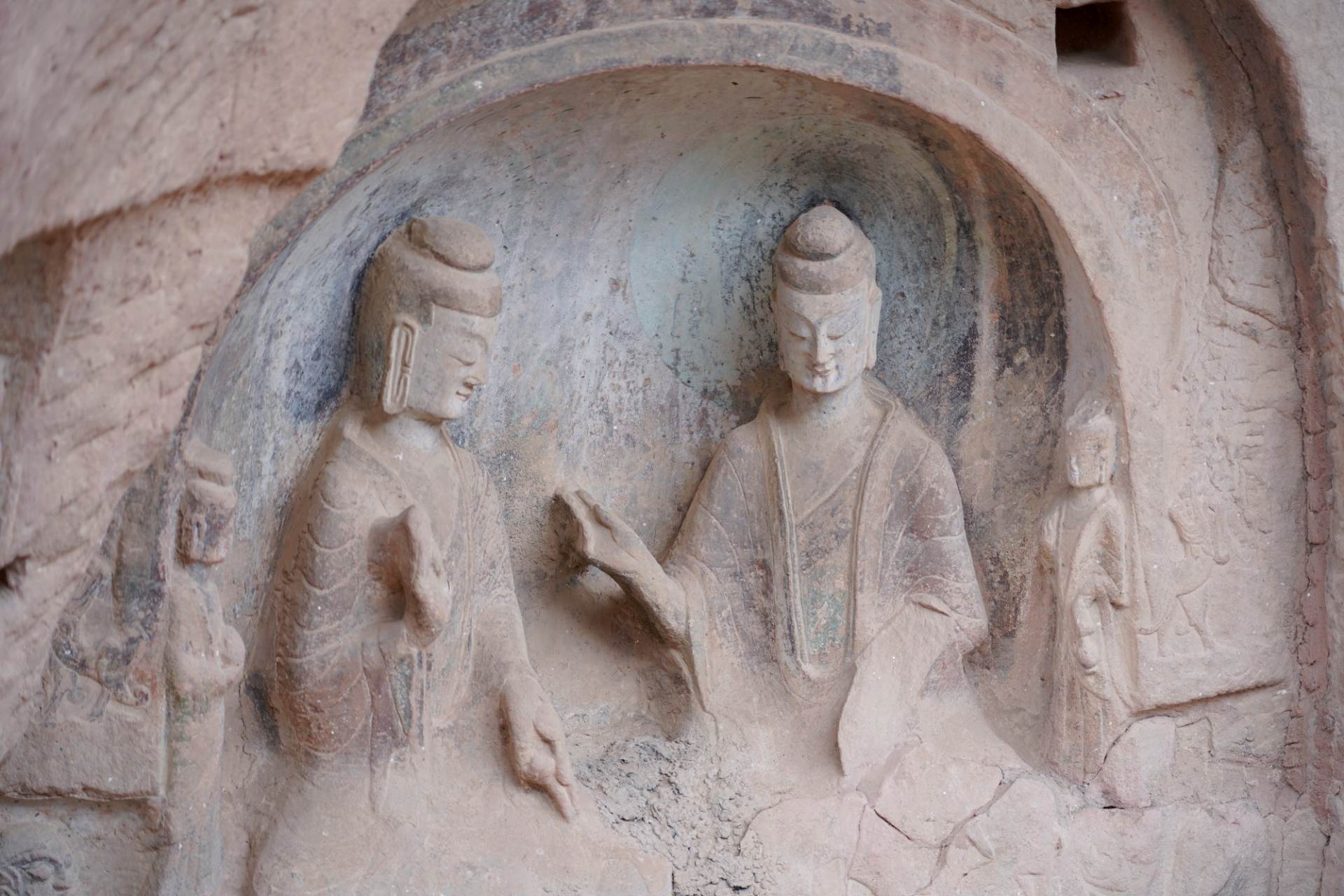Where is the fifth largest Buddha in China?Just by the Yellow River in Gansu, you can see the earliest existing caves in China
Author:Stop Time:2022.06.26
As a grotto province-Gansu has too many surprising grotto attractions, the well-known Dunhuang Mogao Grottoes, the originator of the Chinese Grottoes-Echi Mountain Grottoes, and Maiji Mountain Grottoes, known as the "Oriental Art Sculpture Museum", etc. Compared with Below, the Bingling Temple Grottoes, which is going to share today, is also a very valuable monument.

So what is Bingling Temple Grottoes? Bingling Temple Grottoes are located in Jijishi Mountain 40 kilometers southwest of Linxia Yongjing County, Gansu. According to the 6th Qin "Jianhong's first year" title, we can understand that Bingling Temple Grottoes are the first year of the West Qin Jianhong. At that time, People open the statue on the cliff on the north bank of the Yellow River, which is the earliest statue of the clear age of the existing caves in China so far.

Of course, with this record, we can clearly know that the beginning of the Bingling Temple Grottoes is more than 100 years in the morning than Dunhuang Mogao Grottoes. Pass.

Although the Bingling Temple Grottoes started in the Western Qin Dynasty, there were different dugs and expansion history during the Northern Wei Dynasty, Northern Zhou, Sui, Tang, Five Dynasties, Song, Yuan, and Ming dynasties. There are still 183 caves in the scenic area, with a statue of 694 and 900 square meters of murals. So the volume is not small in Gansu Province and China.

The Bingling Temple Grotto Scenic Area can be roughly divided into three parts: Shang Temple, Xia Temple, and Donggou. Among them, only Shang Temple and Xiami Temple are open to tourists, and the tourist highlights are mainly concentrated here.
The first characteristic: the cave nibs of the Western Qin Dynasty

In my opinion, the biggest value of Bingling Temple lies in its earliest cave, which is the West Qin Cave more than 1600 years ago. The statues in these caves almost represent the early Chinese statues and grotto culture.

The statues of the Western Qin period are mainly clay sculptures made of wooden tires and stone tires. In terms of clay sculpture and mural statues, they also mainly borrowed the style of ancient Indian statues, showing the style of Pandra and Lo Luo. The statue of the Central Plains is a little more exotic.

During the Western Qin period, the 169, 192 and 195 of Bingling Temple Scenic Area were concentrated in the Bingling Temple Scenic Area, especially the largest, earliest, and most content of the most rich content in Bingling Temple Scenic Area. A cave.

Why is cave 169 extremely important? Because in addition to the murals and clay sculptures in the style of Pantra and Lo Luo's style, the inscription next to the statue is also the earliest discrimination of the discovery of the cave in China Grottoes. Based on this, it can be successfully become the treasure of the town.
The second characteristic: the cave's nipples during the Northern Wei Dynasty

Time came to the first dynasty in the Northern Dynasty-Northern Wei Dynasty. In the early days, the statue also brought the Dhara style in the 169 cave. Then this kind of Pantra wind in the middle of the Northern Wei Dynasty gradually became a style of boneless statue, and then with filial piety. Emperor Wen's implementation of the Chinese policy in the late Northern Wei Dynasty has gradually begun to Central Plains. Fortunately, many statues in Bingling Temple Grottoes just witnessed the evolution process of the statue style of the Northern Wei Dynasty in the early three periods of the middle and late periods.

Travelers can pay attention to the 126th, 128, 132 and other caves, especially the Shakya and Dabao Buddha cars that were excavated in the late 5th century. The Central Plains Wind Statue of the Chaoyi Belt.

The 3rd characteristic: the cave downs in the Northern Zhou Dynasty
Time enters the Northern Zhou Dynasty. During this period, the statue gradually changed from the bone statue of the Northern Wei Dynasty to a low and plump form of Buddha statues, but compared to the plump and convergence of the Sui and Tang dynasties, I said it was not publicity. Full.
Travelers can pay attention to the 6th, 82 and other caves.

The fourth major feature: witness the brilliant Sui and Tang dynasties of Bingling Temple Grottoes
On the occasion of the Sui and Tang dynasties, the Tangfan Ancient Road and the Silk Road entered a glory period. Bingling Temple, which is in the intersection of two important channels, also ushered in its highlights. Glip the statue of the Caton.

Today, the statues in Bingling Temple Grottoes are the most as the Tang Dynasty grottoes and statues. Among them, the 171st Tang Dynasty Buddha is the most dazzling statue in the Tang Dynasty. With a height of 27 meters, it has become a sign of Bingling Temple Grottoes. It has become the ninth largest Buddha in the world and the fifth largest Buddha in China.

The upper body of the Great Buddha of the Tang Dynasty was carved with mountain stone, and the lower body was made of soil. After many renovations of the past, the original flavor was gradually lost. Especially in 2011, the facial, hands, and feet of the Great Buddha was archeological restoration. The plump form still shows the characteristics of the Tang Dynasty statues.

Fifth major feature: witness the brilliant Sui and Tang dynasties of Bingling Temple Grottoes
After the Silk Road diversion during the Xixia period, Bingling Temple Grottoes gradually lost their former glory and gradually declined. The wooden tire clay sculpture Guanyin statue makes me like the most.

This Guanyin is an eight -armed side, with both hands and three arms on the left and right. It is a typical Tibetan Buddhist statue. Through this statue, we can understand the important position of Tibetan Buddhism in the later history of Bingling Temple.


- END -
Chinese rice technology helps Nigerian grain increase in production

On a farm northwest of the Nigeria capital, the hot sun was sprinkled on the heavy...
The Meteorological Observatory of Eshan Yi Autonomous County issued a heavy rain blue warning [Class
At 16:58 on June 8, 2022, the Meteorological Observatory of Miushan County issued a heavy rain blue warning signal: In the past 12 hours, the rainwide vehicle field station in our county reached 55.2